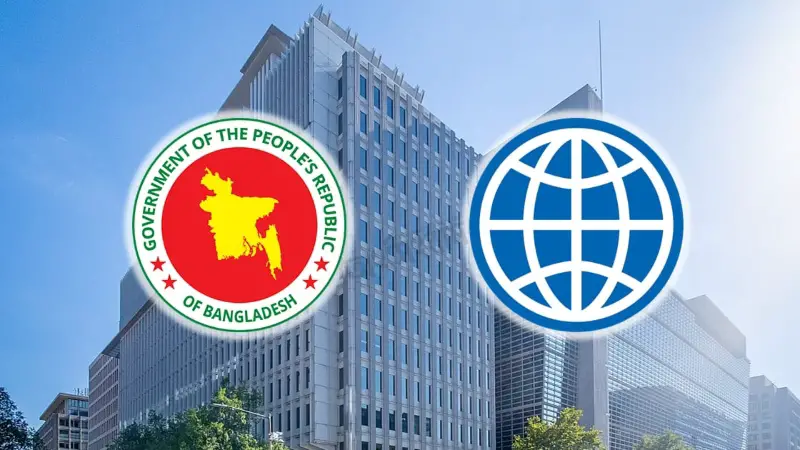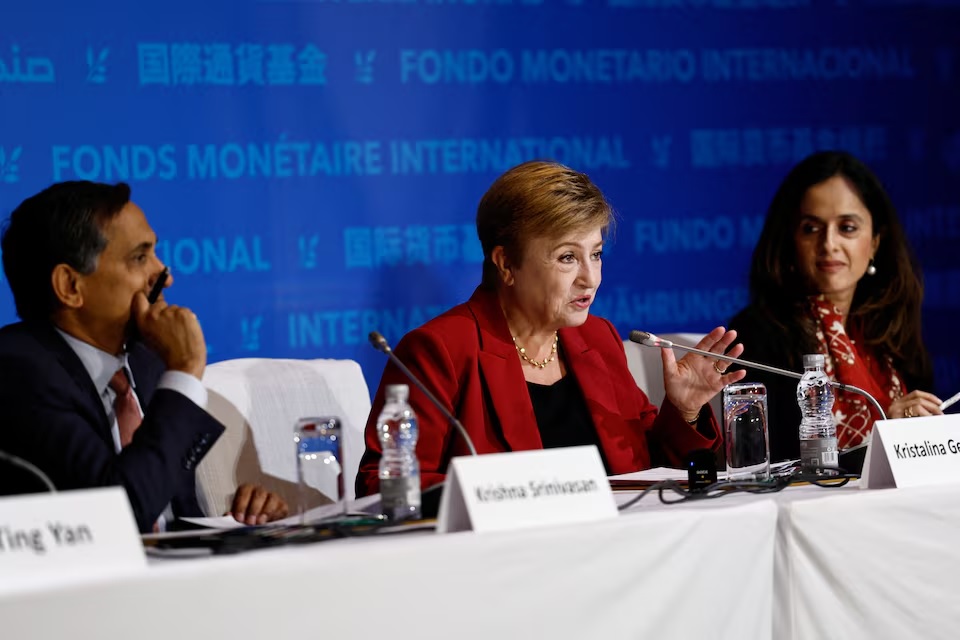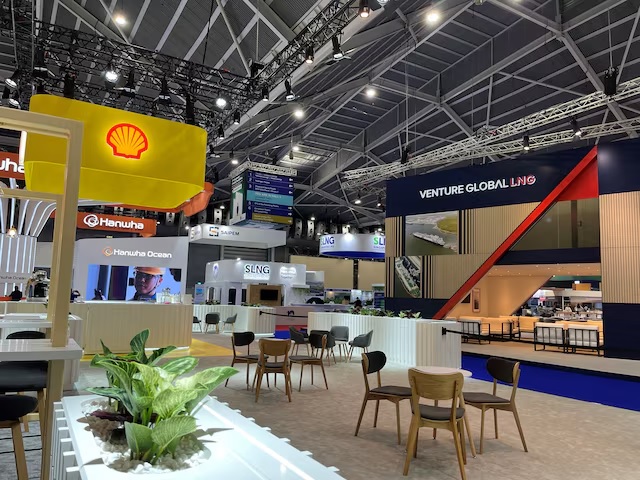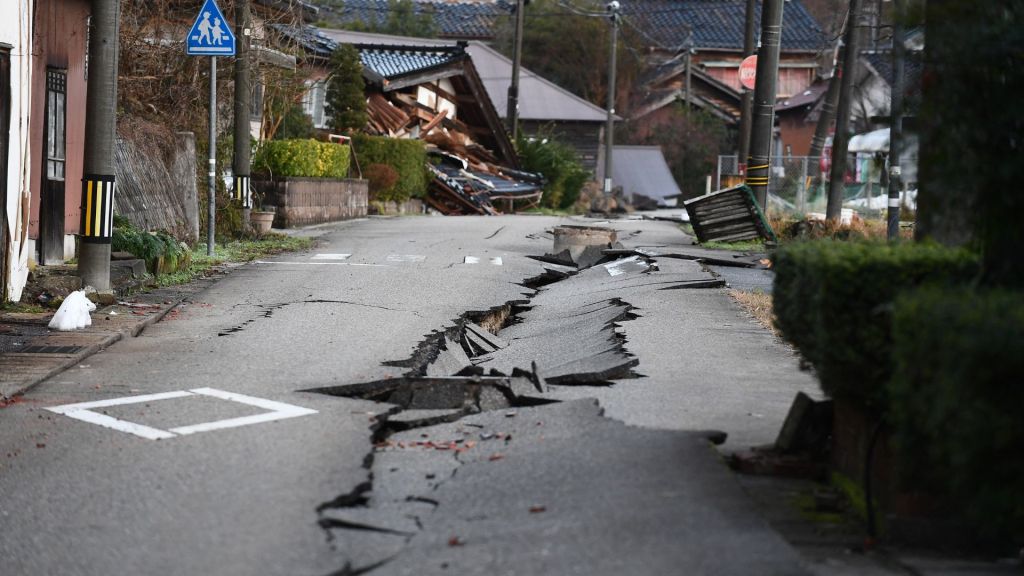BREAKING NEWS

Minority and Ethnic Persecution on the Rise in Bangladesh: MSF
Human rights watchdog Médecins Sans Frontières (MSF) has expressed deep concern over a sharp escalation in attacks on minorities, ethnic

Delay in Payments to Adani Power Sparks Fears of Disruption
India’s Adani Power Limited (APL) has raised serious concerns over delayed payments from Bangladesh, warning that continued arrears could jeopardize

Dhaka Airport Arrest: 1,000 Yaba Pills Concealed in Passenger’s Stomach
Airport Armed Police Battalion (APBn) arrested a 32-year-old man at Hazrat Shahjalal International Airport after an X-ray revealed 20 tape-wrapped

July Movement to the LDC Debate: What Message Will Bangladesh Send to the World?
Bangladesh stands at a historic crossroads. After nearly five decades under the Least Developed Country (LDC) category, the nation faces

Ominous Signal for Bangladesh’s Economy — World Bank Projects GDP Growth of Only 3.3 Percent
Dhaka, 11 June 2025 — The World Bank’s latest Bangladesh Development Update and Macro-Poverty Outlook forecast that real GDP growth in Bangladesh will

icddr,b Study Reveals Poor Toilet Access and Hygiene Conditions in Hospitals in Dhaka
Dhaka, Bangladesh, 10 June 2024:A recent study across 12 government and private hospitals in Dhaka found that 68% of government

Strengthening TB Public-Private Mix for Enhanced Policy Advocacy and Private Sector Engagement
Dhaka, Bangladesh, 04 June 2024: icddr,b, in collaboration with the National Tuberculosis Control Programme (NTP) and The Stop TB Partnership,

Sheikh Hasina’s Shuttle Visit and “Ivanka”, “Putul” Diplomacy
Sheikh Hasina, the Prime Minister of Bangladesh, joined the oath-taking ceremony of Indian Prime Minister Narendra Modi’s consecutive third term

Security analyst Maj Gen (retd) Abdur Rashid passes away
Security analyst Major General (retd) Abdur Rashid (70) passed away at 5:30 am on Friday (June 14) while undergoing treatment

24 more infected with coronavirus in 24 hours
From 8 am Monday to 8 am Tuesday, 24 people were found infected with coronavirus across the country in 24





















